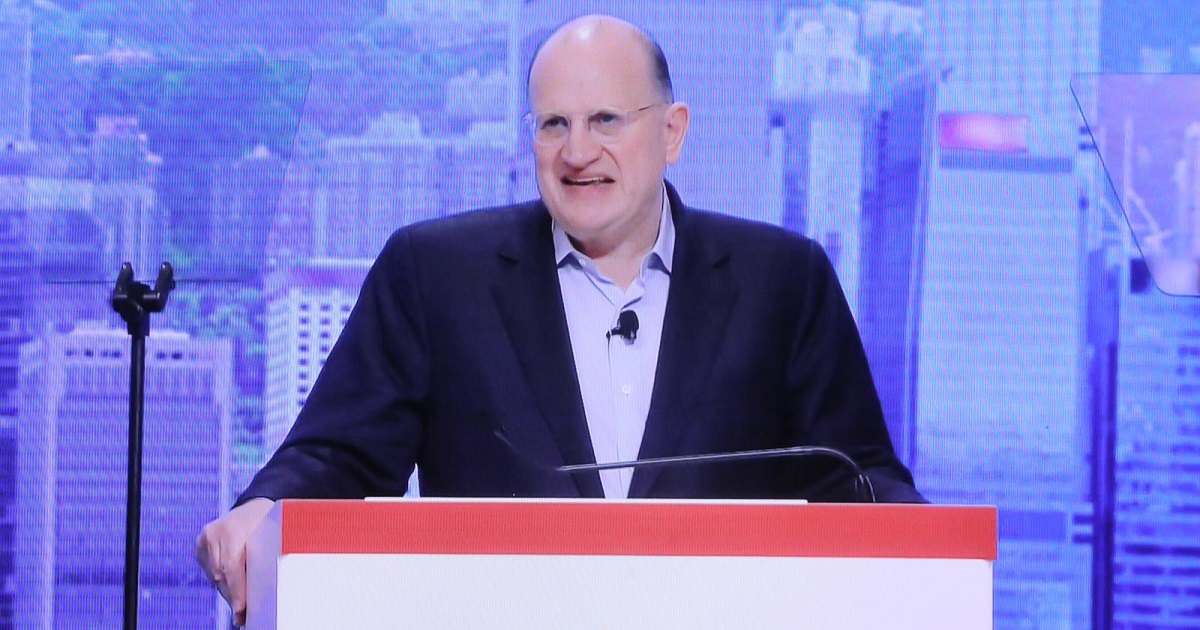The user wants a detailed analysis and professional report, over 1000 words, about HSBC’s Chairman Mark Tucker retiring at the end of the year, based on the search query “香港財經 – 滙控:主席杜嘉祺今年底前退休”.
I need to perform a Google search using the provided query to gather information about this event.
Then, I need to structure the report following the user’s requirements:
* Engaging introduction with a small title.
* Logically progressing main body with small titles, layered analysis.
* Strong, memorable conclusion with a small title.
Let’s break down the content generation plan:
* Who is retiring? (Mark Tucker – 杜嘉祺)
* What is his role? (Chairman – 主席)
* When is he retiring? (End of the year – 今年底前)
* Why is he retiring? (Need to find the reason if available, likely age or completion of term, or company decision).
* Who is replacing him? (Need to find the successor, if announced).
* What is the impact of this retirement on HSBC? (Market reaction, strategic direction, future leadership).
* What is Mark Tucker’s background and achievements at HSBC? (His tenure, significant events during his chairmanship).
* Any other relevant context (e.g., board changes, timing).
* Introduction: Start with the significant news of a major bank’s leadership change. Set the stage about HSBC’s importance and the weight of the chairman’s role. Announce Tucker’s retirement and the timing. Use a catchy title like “巨變前奏:滙控主席交棒的深層意義”.
* Body – Section 1: 告別時刻:杜嘉祺的滙控足跡 Describe Mark Tucker’s tenure, when he became chairman, his background before HSBC, and the key challenges or achievements during his time (e.g., navigating global uncertainties, strategic shifts, dealing with regulatory environments, recent performance).
* Body – Section 2: 交棒人選:誰將肩負重任? Discuss the process of finding a successor. If a successor is named in the search results, introduce them, their background, and what their appointment might signal. If not named, discuss the qualities required for the role and the speculation surrounding potential candidates.
* Body – Section 3: 影響深遠:領導層變動對滙控的未來 Analyze the potential implications of this leadership change. How might it affect strategy, market perception, investor confidence, and the bank’s direction in different markets (especially Asia). Consider current challenges or opportunities HSBC faces.
* Body – Section 4: 金融巨擘的永續挑戰 Broaden the scope to discuss the inherent challenges facing large global banks like HSBC, such as geopolitical risks, technological disruption, regulatory pressures, and climate change concerns. How does a leadership transition fit into navigating these persistent challenges?
* Conclusion: Summarize the significance of Tucker’s departure and the upcoming leadership transition. Reiterate the importance of the chairman role in guiding a global institution. End with a forward-looking statement about the path ahead for HSBC under new leadership, perhaps hinting at continuity or potential shifts. Use a title like “新篇章:滙控的航向與挑戰”.
Okay, planning complete. I will now execute the search and proceed with writing the report based on the gathered information and the outlined structure and constraints.











